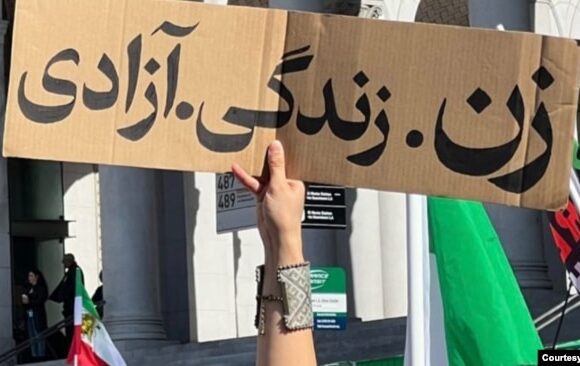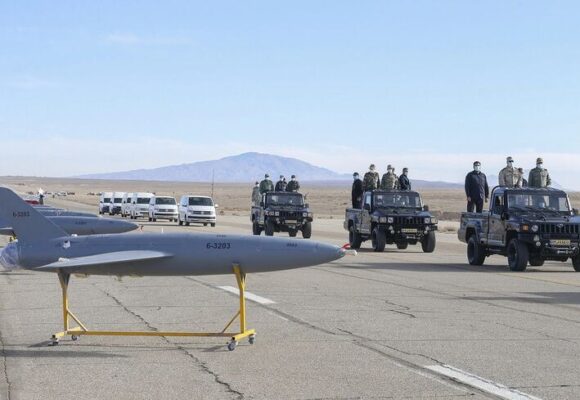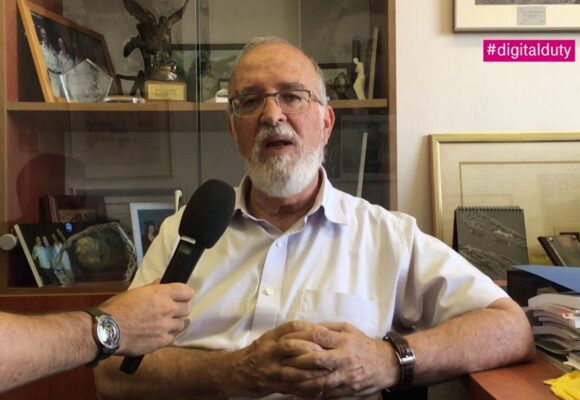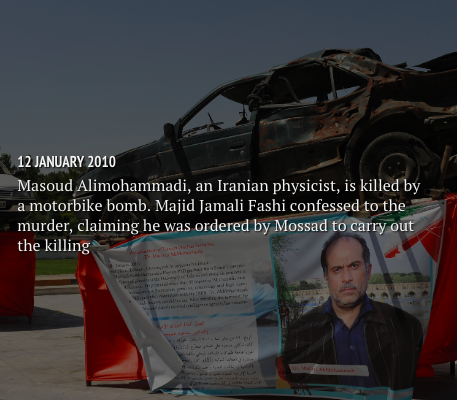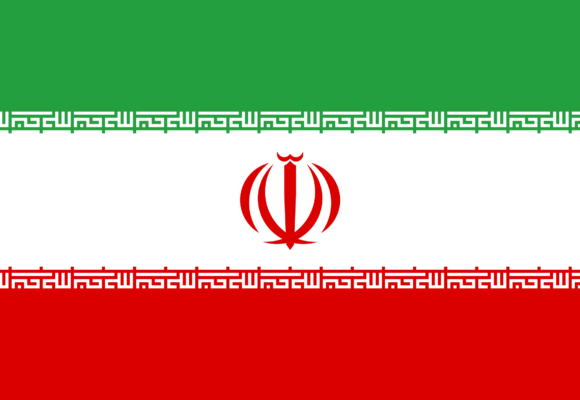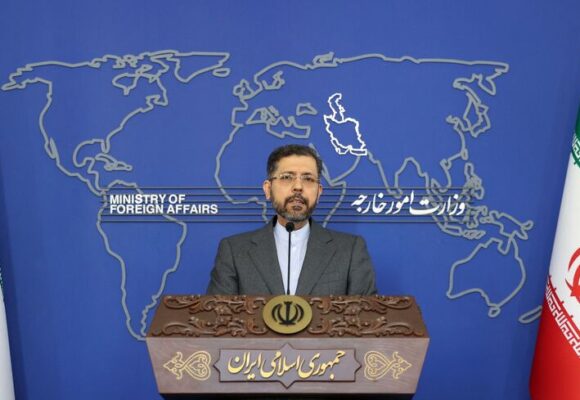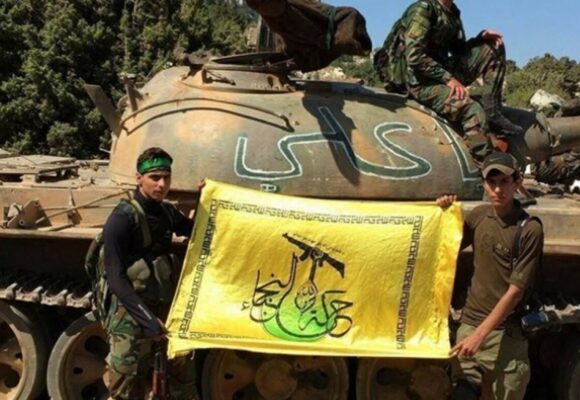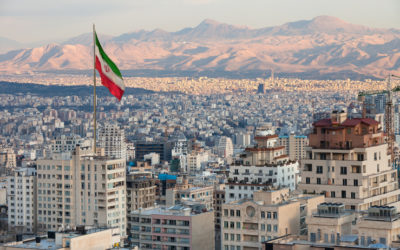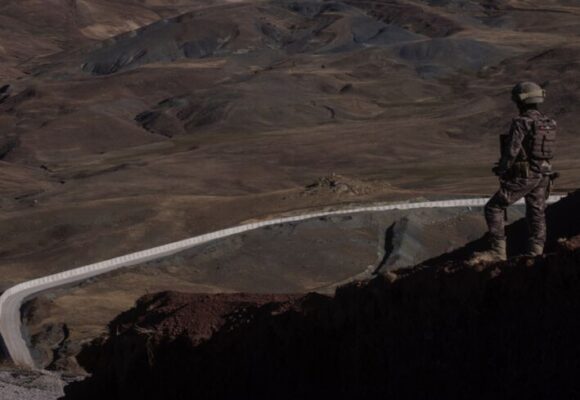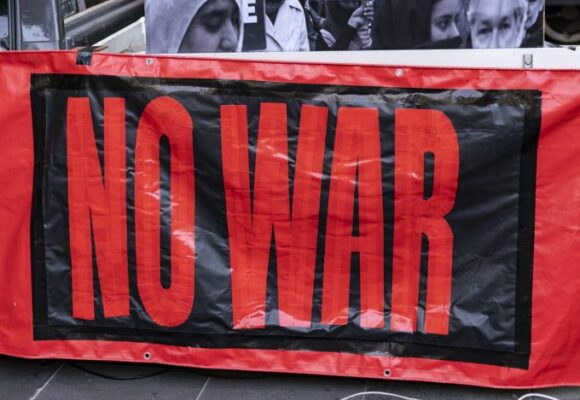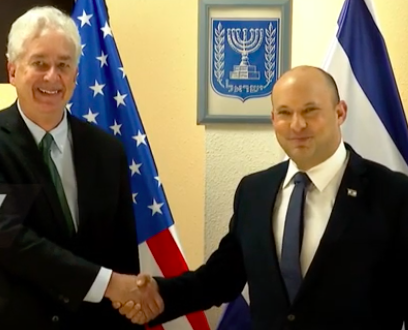HAPPENING NOW:
Inside the Discord Leak: U.S. Air Force Loves War Gamers Like Teixeira
British Intelligence Privately Says Israel Has Nuclear Weapons But Won’t Admit it Publicly
Mexican President Accuses Pentagon of Spying, Vows to Restrict Military Information
Daniel Ellsberg Week Honors Pentagon Whistleblower
How Twitter Became a Propaganda Tool of U.S. Central Command
Interview With the Father of a Palestinian Fighter Assassinated by Israeli Special Forces
Chinese Police Station in New York Is Part of a Vast Influence Operation
Catch-22 at Guantanamo, or How Due Process Got Undone
Wagner Group Leader Calls for End to Russia’s ‘Special Military Operation’
Once Ridiculed, the ‘October Surprise’ Deal Between Reagan and Iran Is Now Confirmed
Two Senators Allege ‘Secret’ CIA spying on Unwitting Americans
UK Spy Agency Says AI Chatbots Pose a Security Threat
How Aerial Surveillance Has Evolved Over the Past 200 Years
Wagner Mercenary Chief Says He Ran Russian Information War
Iranians Outraged After Shah-Era Secret-Police Official Attends U.S. Rally
Israeli-led Disinformation Team Meddled in Dozens of Elections
Director of National Intelligence Barred From Reporting on Domestic Extremists in U.S. Armed Forces
Iranian Intelligence Official Says China in Line to Buy Tehran’s Drones
Former Mossad Chief Urges Compromise on Judicial Shakeup
Iran: Qods Force and the Ministry of Intelligence and Security (MOIS)
The Back Story
Available Languages:
Iran’s Spy Services
The Ministry of Intelligence and Security is one of two organizations responsible for conducting covert activities outside of Iran. The other is the Qods Force, a branch of the Islamic Revolutionary Guard (IRGC), which conduct special intelligence operations outside of Iran. The IRGC has also worked with MOIS on offensive cyber-intelligence measures.
Mahmoud Alavi has been the Minister of Intelligence and Agency Executive of MOIS since 2013. In August 2017, Alavi announced the ministry has disbanded more than 100 terrorist groups across Iran.
Maj. General Hossein Salami has been the chief of the IRGC since 2008.
IRGC
On January 3, 2020, President Trump ordered the U.S. military to launch the drone attack that killed Gen. Qasem Soleimani, the commander of the Qods Force, the special operations component of the IRGC. Iran’s Supreme Leader Ayatollah Seyyed Ali Khamenei then appointed Brigadier General Esmail Ghaani as the new Commander of the Qods Force.
The assassination of Soleimani was the culmination of the Trump administration’s policy of hostility toward Iran.
The Qods Force is the cutting edge of Iran’s international power projection. In the words of a Congressional Research Service report from 2017:
Iran’s operations in support of its allies—which generally include arms shipments, provision of advisers, training, and funding—are carried out by the Qods (Jerusalem) Force of the IRGC (IRGC-QF). The IRGC-QF is headed by IRGC Major General Qasem Soleimani, who apparently reports directly to [Supreme Leader Ayatollah] Khamene’i. IRGC leaders have on numerous occasions publicly acknowledged these activities; on August 20, 2016, an IRGC-QF commander in Syria stated to an Iranian newspaper that Iran had formed a “Liberation Army” consisting of local, mostly Shiite, fighters that support Iran’s interests in various Arab countries. Much of the weaponry Iran supplies to its allies include specialized antitank systems, artillery rockets, mortars, and short-range missiles.
In April 2019, the Trump administration designated the IRGC as a “terrorist organization” and imposed sanctions on seven individuals and entities, including the Qods Force.
MOIS
The tortured history of U.S.-Iranian relations was born in covert machinations. In August 1953, the CIA and MIG conspired to orchestrate a military coup to overthrow the democratically elected government of Mohammed Mossadegh.
The CIA then helped organize a new Iranian intelligence service, known by the acronym SAVAK. The Shah’s secret police, according to one report, operated with impunity in the United States, allegedly “watching and harassing” opponents of the regime.
The Islamic Revolution of 1979 resulted in the transformation of SAVAK. Under the new Supreme Leader Ayatollah Khomeini, the Iranian government continued to use SAVAK personnel for counterintelligence purposes but divided other intelligence functions among a variety of groups including the IRGC, the Kumitehs (small neighborhood security committees), the Prime Minister’s Intelligence Office, the army, and the police.
Soleimani
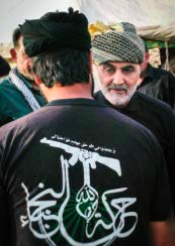
Under the leadership of Gen. Soleimani, the Qods Force achieved a pre-eminent position in Iran’s international security policy.
In Syria, Iran came to the rescue of President Bashar al-Assad. In 2011 Assad was losing ground to a jihadist insurgency led by off-shoots of al-Qaeda and by a new more radical Islamic State in Iraq and Syria (ISIS).
Soleimani organized Iranian forces and fighters supplied by the Hezbollah militia in Lebanon to take on the ISIS and al-Qaeda militants. The Iranian-led counter-offensive was crucial to Assad’s survival–though Russian bombing also played a major role.
Human Rights
In 2012 the Obama administration sanctioned MOIS for “for its support to terrorist groups as well as its central role in perpetrating human rights abuses.”
The agency has had a reputation of human rights violations. “Security and intelligence forces summoned, harassed, and arrested dozens of journalists, prominent trade unionists, and social media activists,” Human Rights Watch reported in 2018.
Iran ramped up their cyber intelligence capabilities after the StuxNet virus, reportedly planted by U.S. and Israeli agents, targeted their uranium-enrichment infrastructure. Their cyberwar efforts have been aimed mainly at the United States, Israel, and Saudi Arabia.
Resources
- MOIS Web site (in Farsi)
- Iran’s Foreign Defense and Foreign Policy (Congressional Research Service)
- Iran 2018 (Human Rights Watch)
- Comments/Corrections/Suggestions About Iran


